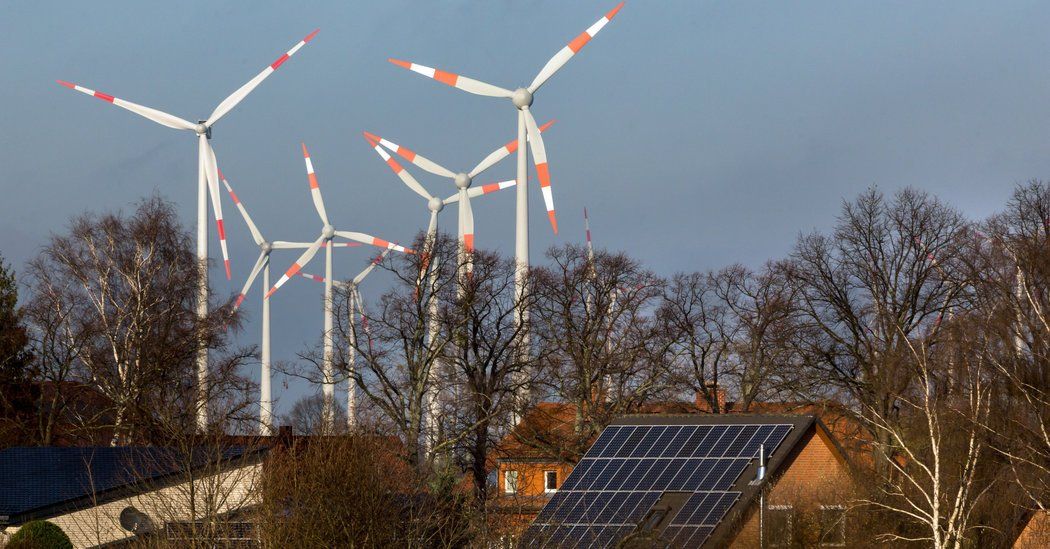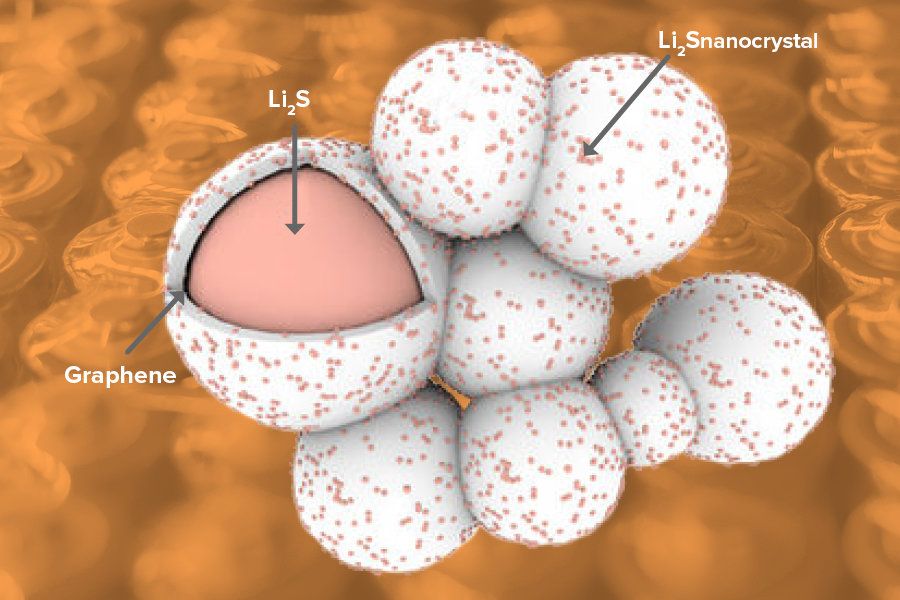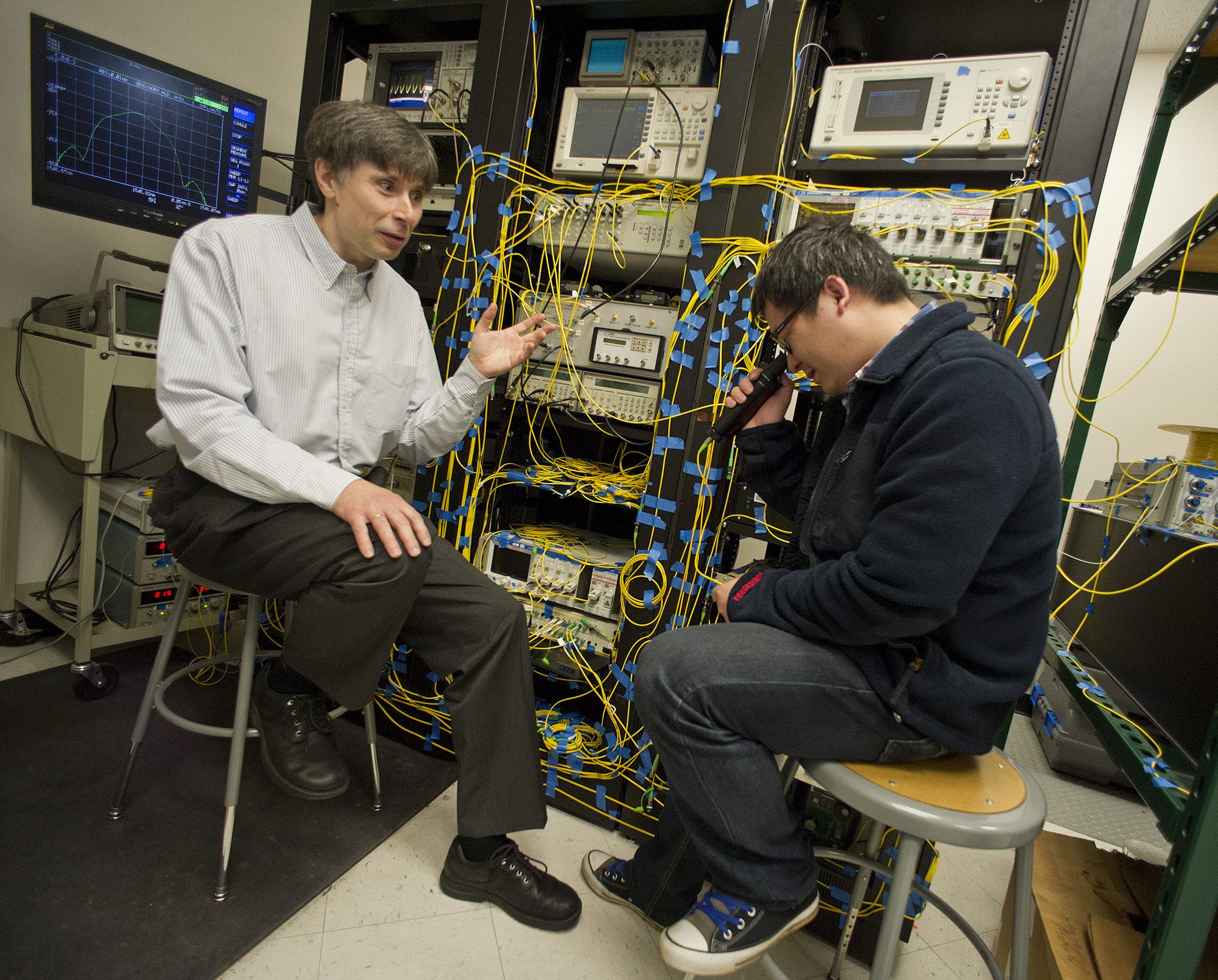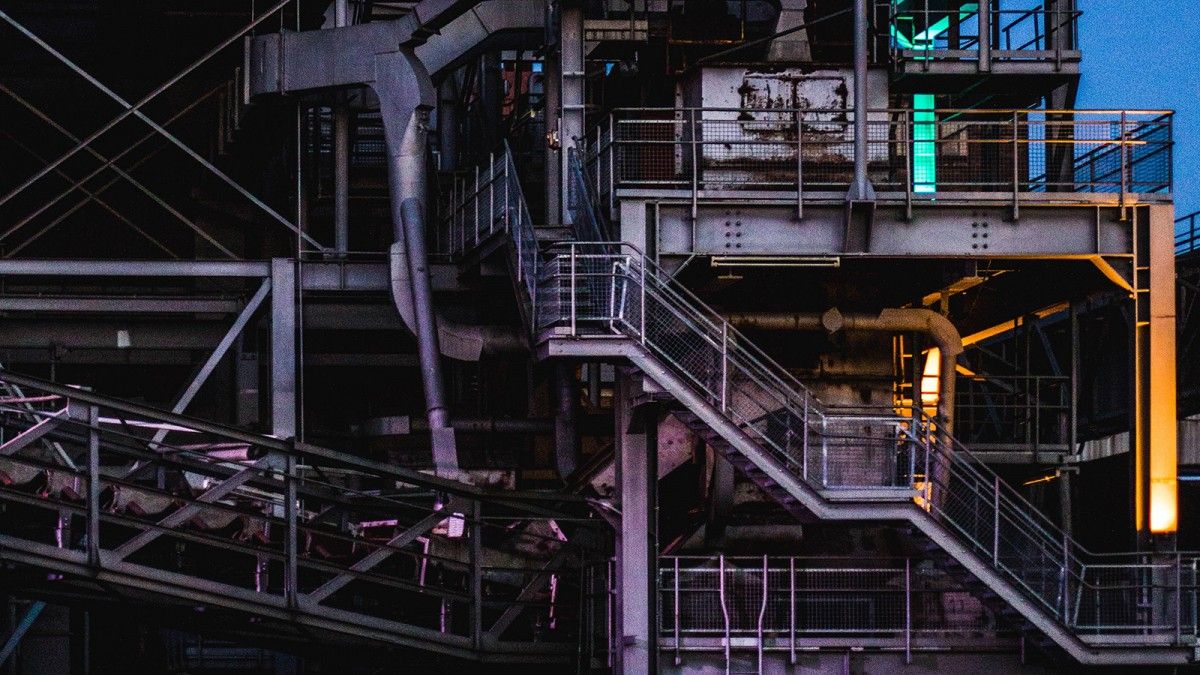Archive for the ‘energy’ category: Page 308
Jan 2, 2018
Scientists Develop Fossil-Fuel-Based Technology That Consumes Carbon Dioxide
Posted by Paul Gonçalves in category: energy

https://youtube.com/watch?v=LHGVBTDDnKU
Engineers at The Ohio State University are developing technologies that have the potential to economically convert fossil fuels and biomass into useful products including electricity without emitting carbon dioxide to the atmosphere.
In the first of two papers published in the journal Energy & Environmental Science, the engineers report that they’ve devised a process that transforms shale gas into products such as methanol and gasoline—all while consuming carbon dioxide. This process can also be applied to coal and biomass to produce useful products.
Continue reading “Scientists Develop Fossil-Fuel-Based Technology That Consumes Carbon Dioxide” »
Jan 2, 2018
A fossil fuel technology that doesn’t pollute
Posted by Saúl Morales Rodriguéz in category: energy
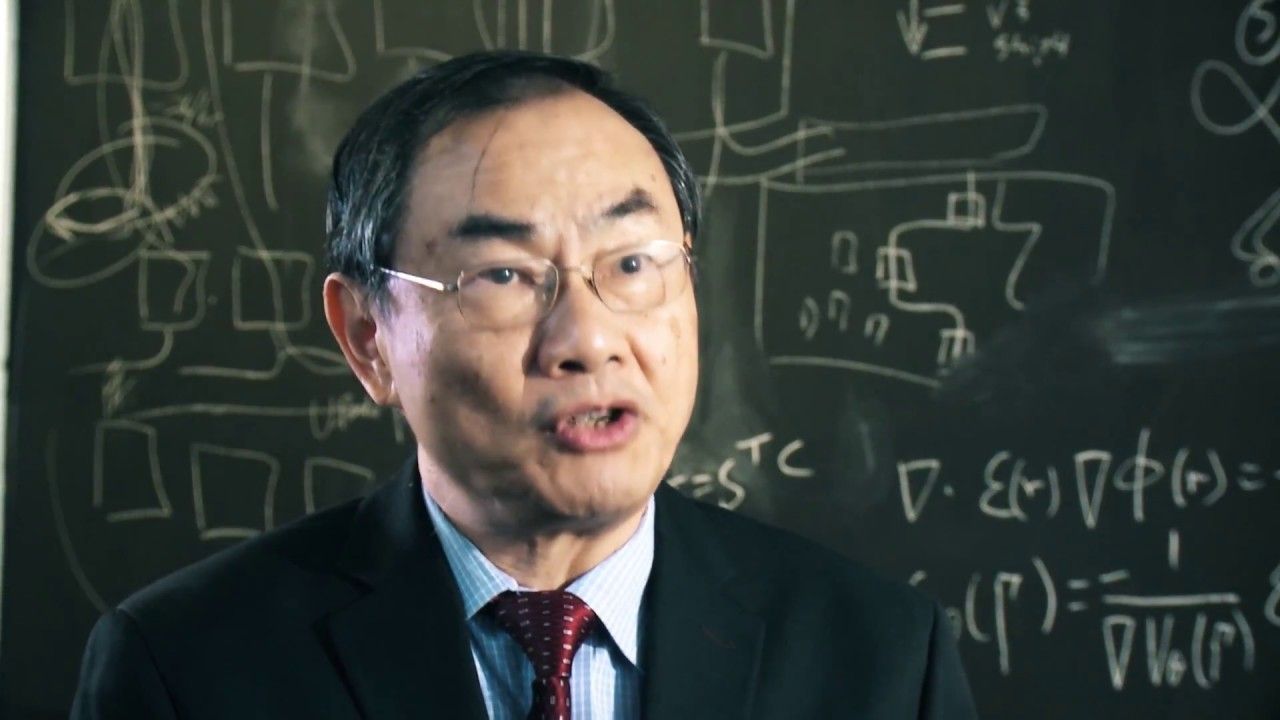
https://youtube.com/watch?v=LHGVBTDDnKU
Engineers at The Ohio State University are developing technologies that have the potential to economically convert fossil fuels and biomass into useful products including electricity without emitting carbon dioxide to the atmosphere.
In the first of two papers published in the journal Energy & Environmental Science, the engineers report that they’ve devised a process that transforms shale gas into products such as methanol and gasoline—all while consuming carbon dioxide. This process can also be applied to coal and biomass to produce useful products.
Continue reading “A fossil fuel technology that doesn’t pollute” »
Jan 2, 2018
A Year-End Update on Electricity Policy From the Field — By Sonia Aggarwal | GTM
Posted by Odette Bohr Dienel in categories: energy, environmental
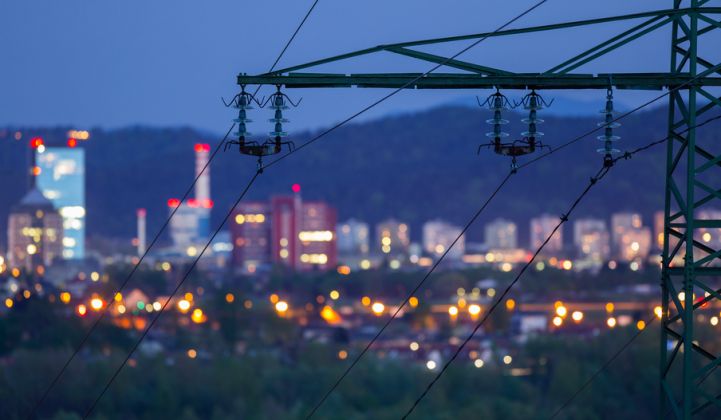
“A review of the most important developments in rate design, distributed energy deployments, and utility business models.”
Dec 28, 2017
Record-breaking hybrid drone stays aloft for over four hours
Posted by Genevieve Klien in categories: drones, energy

Drone technology is getting better all the time, and one area folks are putting a lot of energy into is boosting the amount of time the things can stay in the air. Drone manufacturer Quaternium is claiming a new milestone in this field, after flying its HYBRiX.20 fuel-electric quadcopter for four hours and forty minutes in what it describes as a world record flight for a self-powered multicopter.
Most multicopter drones you can buy off the shelf boast flight times of 25 to 30 minutes, though we have seen custom-built multicopters fly for far longer. Last year, for example, a commercial drone operator used a bespoke quadcopter to cross the English channel in a 72-minute jaunt, while others such as dronemaker Skyfront have previously claimed endurance records well in excess of four hours.
Dec 26, 2017
Power Prices Go Negative in Germany, a Positive for Energy Users
Posted by Dan Kummer in category: energy
Germany has spent $200 billion over the past two decades to promote cleaner sources of electricity. That enormous investment is now having an unexpected impact — consumers are now actually paid to use power on occasion, as was the case over the weekend.
Power prices plunged below zero for much of Sunday and the early hours of Christmas Day on the EPEX Spot, a large European power trading exchange, the result of low demand, unseasonably warm weather and strong breezes that provided an abundance of wind power on the grid.
Such “negative prices” are not the norm in Germany, but they are far from rare, thanks to the country’s effort to encourage investment in greener forms of power generation. Prices for electricity in Germany have dipped below zero — meaning customers are being paid to consume power — more than 100 times this year alone, according to EPEX Spot.
Continue reading “Power Prices Go Negative in Germany, a Positive for Energy Users” »
Dec 26, 2017
Graphene unlocks the promise of lithium sulfur batteries
Posted by Saúl Morales Rodriguéz in categories: energy, materials
Many battery scientists are interested in the potential of lithium sulfur batteries because, at least in theory, they offer a high energy density at relatively low cost. However, lithium sulfur batteries face a number of challenges, including the low electrical conductivity of sulfur and the tendency of the cathode to expand significantly in size during the discharge cycle—a tendency that prevents the cathode material from being packed as densely in the battery as scientists would like.
To combat these problems and bring lithium sulfur batteries closer to reality, researchers at the U.S. Department of Energy’s (DOE) Argonne National Laboratory, the University of Illinois at Chicago (UIC) and Oregon State University have developed a new cathode material made of lithium sulfide that is encapsulated by graphene.
To make the cathode material, Argonne chemists Jun Lu and Khalil Amine heated lithium metal and then exposed it to carbon disulfide gas, a common industrial solvent. The creation of lithium sulfide, as well as the graphene encapsulation, happened spontaneously.
Continue reading “Graphene unlocks the promise of lithium sulfur batteries” »
Dec 25, 2017
Nuclear drones are not technically challenging and could fly for years
Posted by Klaus Baldauf in categories: drones, energy, military

https://youtube.com/watch?v=EaJ1RiQSt0g
China has put $3.3 billion into making new highly compact nuclear reactors which would also use for nuclear powered drones.
Continue reading “Nuclear drones are not technically challenging and could fly for years” »
Dec 16, 2017
Discovery could reduce cost, energy for high-speed Internet connections
Posted by Shailesh Prasad in categories: energy, internet
Breakthrough research from The University of Texas at Arlington and The University of Vermont could lead to a dramatic reduction in the cost and energy consumption of high-speed internet connections.
Nonlinear-optical effects, such as intensity-dependent refractive index, can be used to process data thousands of times faster than what can be achieved electronically. Such processing has, until now, worked only for one optical beam at a time because the nonlinear-optical effects also cause unwanted inter-beam interaction, or crosstalk, when multiple light beams are present.
An article published in the prestigious Nature Communications journal, by the research group of Michael Vasilyev, an electrical engineering professor at UTA, in collaboration with Taras I. Lakoba, a mathematics professor at UVM, detailed an experimental demonstration of an optical medium in which multiple beams of light can autocorrect their own shapes without affecting one another.
Continue reading “Discovery could reduce cost, energy for high-speed Internet connections” »
Dec 15, 2017
A New Industrial Hack Highlights the Cyber Holes in Our Infrastructure
Posted by Saúl Morales Rodriguéz in categories: business, cybercrime/malcode, energy
Freshly discovered malware called Triton can compromise safety systems that control many kinds of industrial processes.
For years, security experts have been warning that hackers can disable systems that control critical infrastructure we all rely on, such as dams and power plants. Now researchers at Mandiant, which is part of the security firm FireEye, have revealed that a new form of malware, dubbed Triton, closed down the operations of a business in the Middle East belonging to Schneider Electric, a French company. The researchers say that they haven’t attributed the hack to a particular attacker, but they do say it bore hallmarks of threats from a nation-state.
Triton appears to have targeted a so-called safety instrumented system, or SIS, which monitors the operation of a physical process using sensors and acoustics. By taking control of it, hackers can destroy or damage the process the SIS is monitoring by tricking it into thinking everything’s normal, when in fact the process is operating at unsafe levels.
Continue reading “A New Industrial Hack Highlights the Cyber Holes in Our Infrastructure” »

